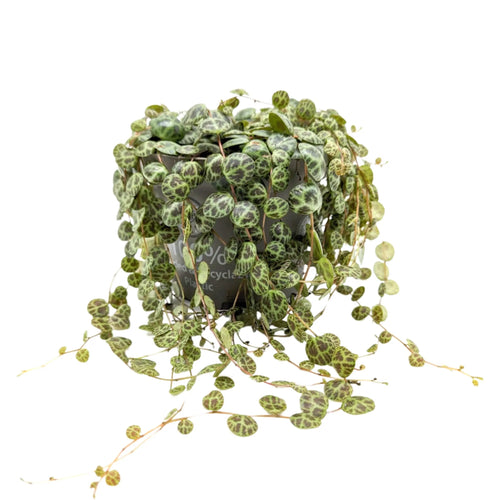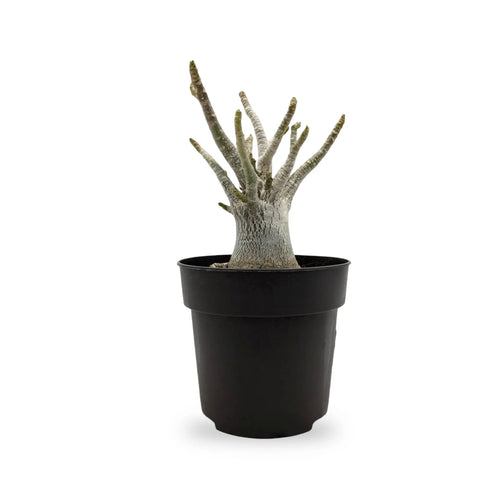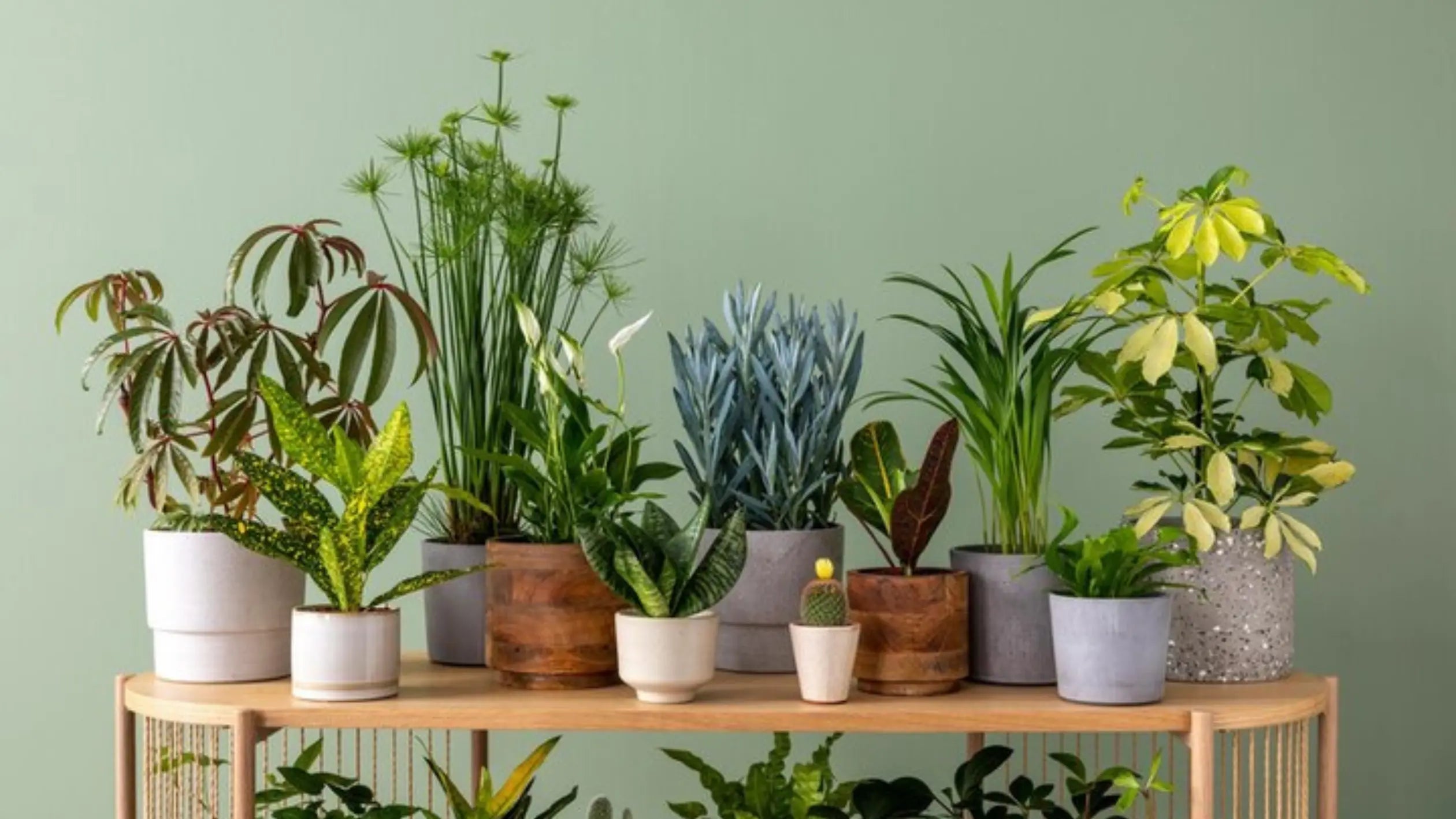In today's fast-paced world, maintaining a peaceful and rejuvenating environment at home is more crucial than ever. Incorporating indoor plants into your living area is one of the simplest yet most effective methods. They not only provide a natural touch to your surroundings but also provide several health benefits and contribute to a vibrant, lively ambiance. We'll explore the world of indoor plants in pots in this detailed guide, assisting you in selecting the proper plants and caring for them to transform your area into a green paradise.
Selecting the Best Plants
Choosing the best indoor plants pot in the UK is the first step in greening your environment. Consider lighting, humidity, and your particular tastes. Here are a few popular options:
Snake Plants (Sansevieria serpentina)
Snake plants thrive in low light circumstances and are known for their air-purifying properties, making them ideal for novices.
Spider Plant (Chlorophytum comosum)
These adaptive plants like indirect light and are good at eliminating contaminants from the air.
Spathiphyllum (Peace Lily)
The peace lily, with its exquisite white flowers, provides a touch of sophistication to any area. It thrives in low light and contributes to better air quality.
ZZ Plant (Zamioculcas zamiifolia)
The ZZ plant is known for its toughness and is nearly indestructible. It can grow in low light conditions and does not require frequent watering.
Ficus Lyrata (Ficus lyrata)
The fiddle leaf fig is a beautiful focal point in a bright, well-lit area. Maintain frequent watering and make sure it gets enough sunlight.
Choosing the Best Pots
Choosing the proper pots for your indoor plants is critical to their health. When choosing pots, keep the following elements in mind:
Material Concerns
The material is the first consideration when selecting a plant pot. Each substance has its own set of benefits and drawbacks.
Terracotta
Terracotta pots are traditional and porous, which allows for improved air circulation. They absorb excess moisture, reducing overwatering, although they can crack in cold conditions.
Ceramic
Ceramic pots come in various hues and styles, adding a colourful touch to any indoor environment. They retain moisture better than terracotta because they are less porous but can grow heavy and breakable.
Plastic
Plastic pots are a fantastic choice for individuals on a budget because they are lightweight and inexpensive. They are available in various sizes and forms, but they give a different level of insulation than other materials.
Metal
While less prevalent, metal pots can offer a modern and sleek appeal to your home. They are long-lasting. However, they may transport heat, altering soil temperature.
Fibreglass
Fibreglass pots are lightweight and crack-resistant. They come in various designs and colours, making them adaptable for indoor plants.
When selecting a material, consider the specific needs of your plants and your aesthetic preferences.
Size Matter
The pot size is critical for the health of your indoor plants in pot. The plant may get root-bound and struggle to thrive if the pot is too tiny. An overly large pot, on the other hand, can lead to overwatering since the soil will not absorb moisture adequately.
Consider the following points when choosing the size of your indoor plant pot:
Plant Dimensions
Choose a pot that allows the roots of your plant to expand freely. Generally, the pot's diameter should be 1-2 inches more than the plant's present pot.
Growth Potential
If you want your plant to grow larger, use a pot that allows the roots to develop. This is especially crucial for animals that grow quickly.
Balance
Make sure the pot is proportionate to the plant. A small plant in a large pot may appear odd, while a large plant in a small pot may appear cramped.
Drainage is Unavoidable
Proper drainage is vital for the good health of your indoor plants pots in the UK, where damp conditions might occur.
The Bottom Holes
Choose pots with drainage holes to avoid water buildup at the bottom. This helps to keep root rot and fungal infections at bay.
Saucers
Put saucers under your pots to capture excess water and protect your furniture and flooring. This is especially critical if you select pots with no drainage holes.
Increase the Pot's Elevation
If your pot does not have drainage holes, consider elevating it with pot feet to allow airflow beneath and reduce the chance of waterlogging.
Take a look at the Aesthetics
While practicality is necessary, the aesthetics of your indoor plant pots contribute substantially to the overall appeal of your home.
Interior Design Matching
Choose pots that go with your existing decor. Whether you favour minimalist, boho, or modern styles, a wide range of pots are available in various colours, shapes, and patterns.
Plant Grouping
Consider grouping plants in similar-looking pots to create a coherent and visually appealing indoor garden.
Seasonal Variations
Choose pots that can be used throughout the year. Neutral colours and timeless designs are adaptable to changing interior trends.
Indoor Plant Maintenance
Once you've picked the ideal plants and indoor plants in pots, it's critical to supply them with the proper care to ensure their success. Here are some general care guidelines:
Lighting
Learn about your plant's light requirements. Although most indoor plants like bright, indirect light, some, such as succulents, thrive in direct sunshine. Plants should be appropriately placed.
Watering
Overwatering is a typical blunder. Allow the top of the soil to dry before re-watering. To catch excess water & protect your furniture, use a saucer.
Humidity
Higher humidity levels are often beneficial to indoor plants. Mist your plants frequently, especially during the dry winter, or keep a water tray nearby.
Fertilising
During the growing season (spring and summer), feed your plants every 4 to 6 weeks with a balanced liquid fertiliser. Fertilising should be reduced or eliminated throughout the dormant season (autumn and winter).
Pruning
Prune your plants regularly to stimulate bushier growth and eliminate dead or fading foliage. This not only keeps your plants neat but also promotes general health.










